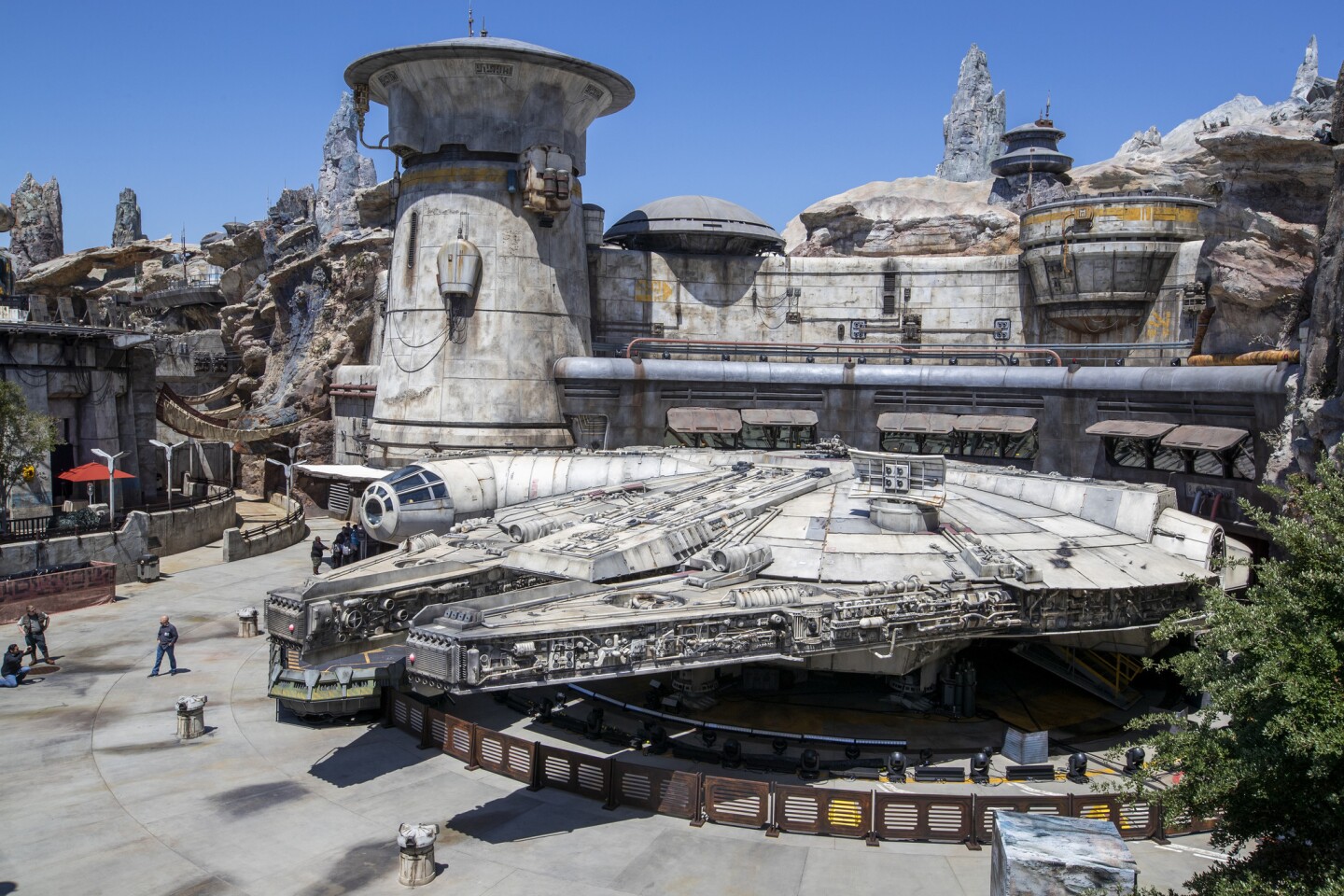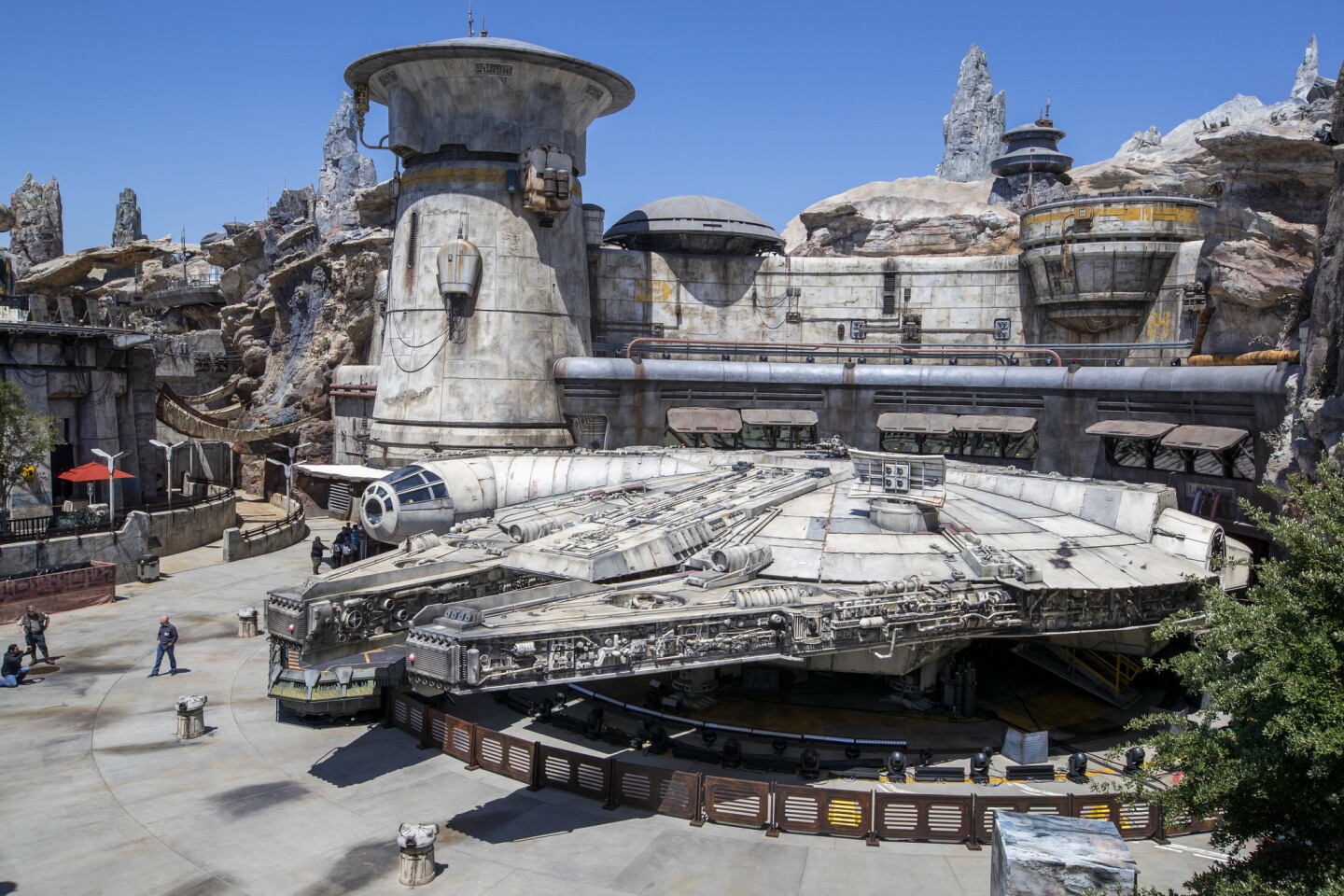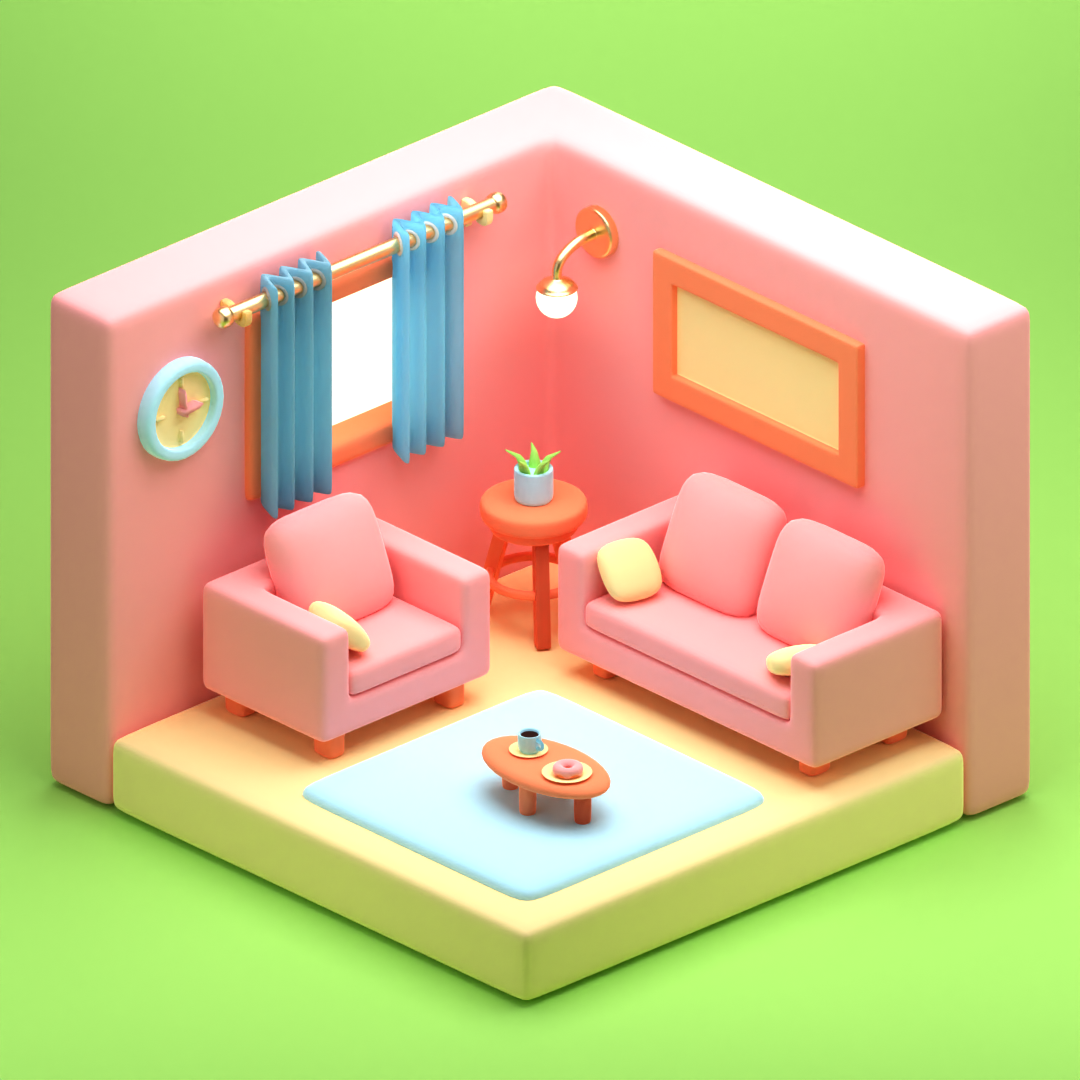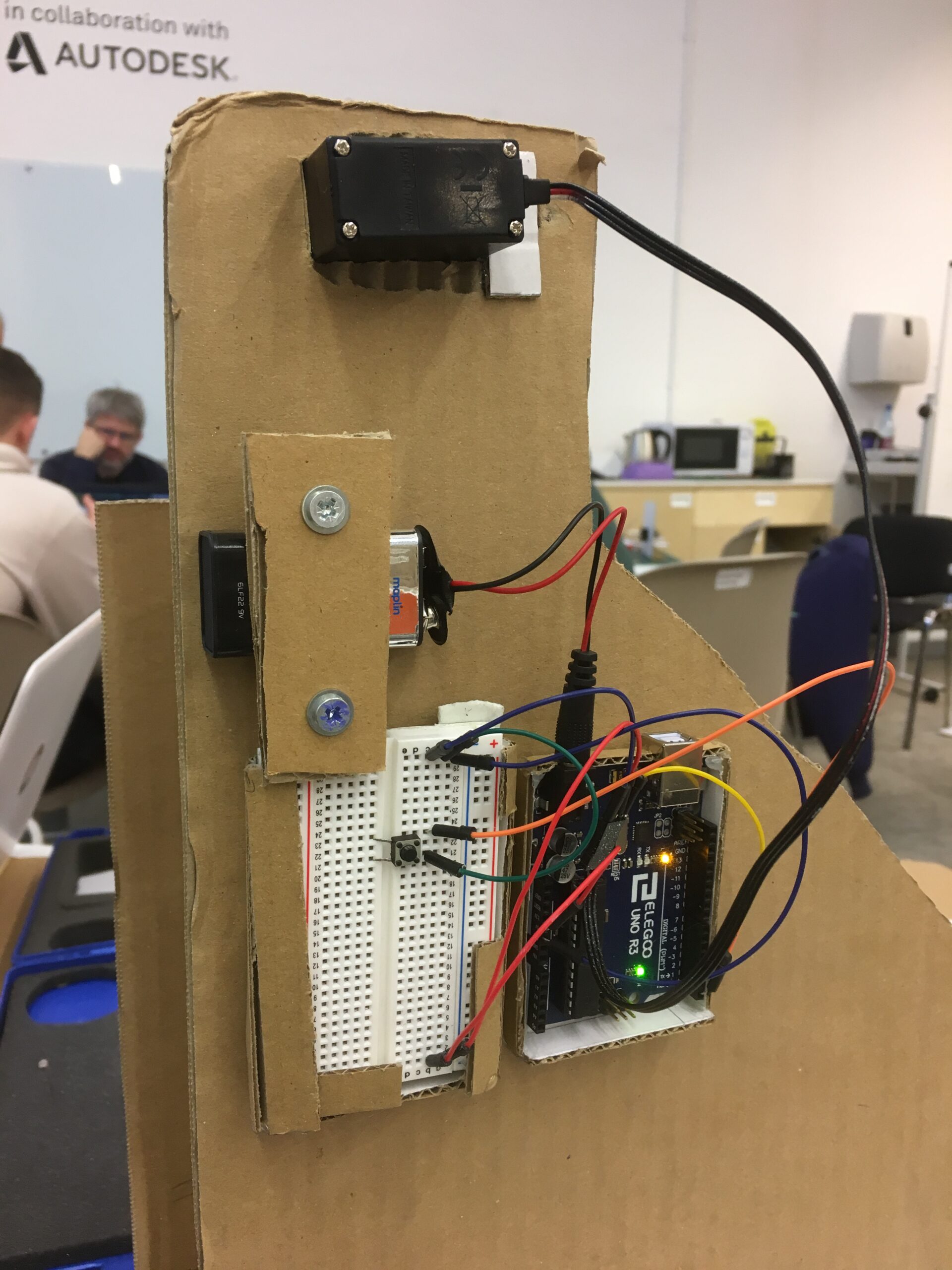Among the many influential contributions to design made by Dieter Rams are his ten principles. They were set within the context of developing products, but I’ve always found product design, set design, and themed entertainment design to share common values. So, Rams’s principles should be applicable to theme parks and, for the most part, they are.
But his sixth principle – good design is honest – seems to oppose the nature of theme park design.
Good design is honest. It does not make a product more innovative, powerful, or valuable than it really is.
Dieter Rams
Set design – whether it be in theatre, film, or theme parks – relies on its ability to mask reality. This can be as simple as a television show set in the USA but filmed entirely in Canada, or as elaborate as a theme park area set a long time ago in a galaxy far, far away but firmly grounded in present-day Florida.

This rejection of reality is the goal shared by both designer and audience. As expectations for theme park immersivity rise, pulling back the curtain is a costly mistake.
Then why don’t I see theme park design as dishonest?
When a guest steps into a theme park, they are setting aside reality. A shift occurs, wherein the fiction becomes natural, and the ‘real world’ takes its place as the unreal. Straying from the fiction, then, is dishonesty, and Rams’s sixth principle holds true. To pull back the curtain is to tell a lie. To suggest that the Millennium Falcon in Galaxy’s Edge is merely a set piece is to reject reality.
Immersion is the goal in theme park design – that is, immersion into a fictional world. But, learning from the wisdom of Rams’s principles, reframing those fictions as truth may be a more powerful mindset.





Leave a Reply